Grotesque in visual art (from the Italian grottesco) is a variety of painterly or sculptural decor characterized by a combination of real and imaginary, beautiful and ugly, as well as comedic and tragic figures. Grotesque is a unique style in art and literature, distorting conventional norms and filled with harmless soft humor.
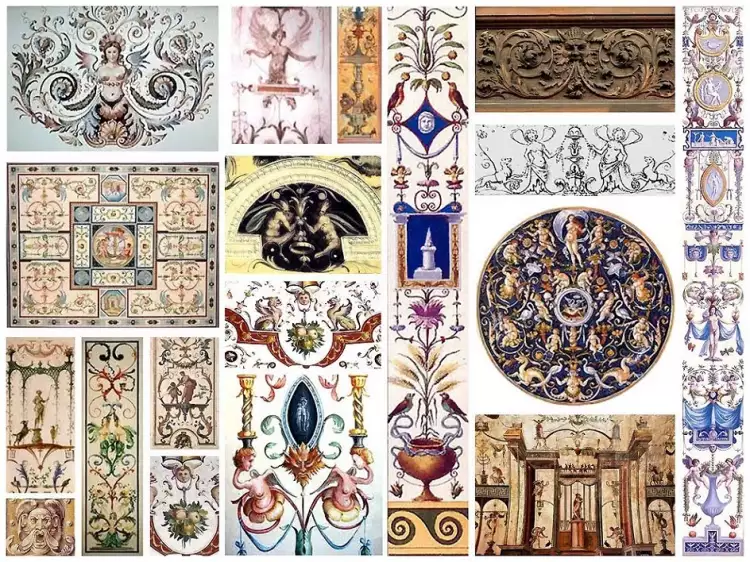 Grotesque. A selection of grotesque paintings from the Renaissance, 15th-17th centuries
Grotesque. A selection of grotesque paintings from the Renaissance, 15th-17th centuries
Features of Grotesque
Grotesque is the art of unexpected contrasts and inconsistencies. According to historians, the initial need for creating grotesque images was purely practical. Artists lacked space on a small section of a wall to create a proper drawing. Imagination came to the rescue: human forms intertwined closely with animals, plant elements with mythological ones. This is how whimsical hybrid images emerged.
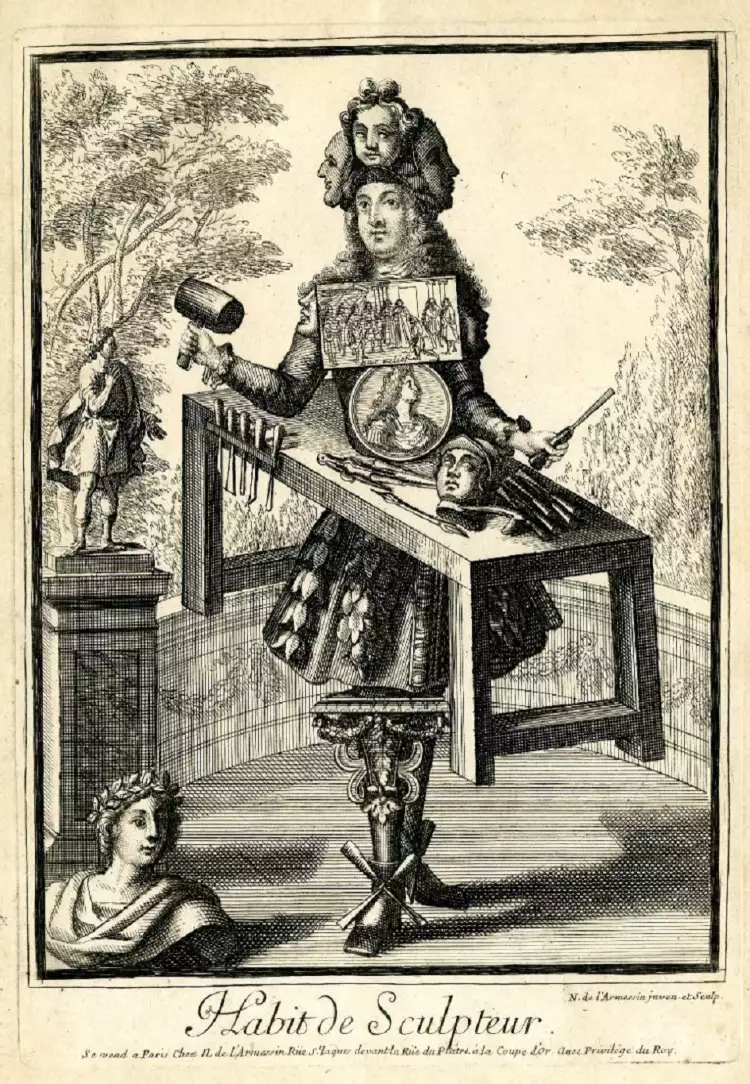 Grotesque. Engraving depicting grotesque French costume, 17th century
Grotesque. Engraving depicting grotesque French costume, 17th century
Grotesque in architecture was never the main style for interior decoration. On the contrary, it was always used for auxiliary purposes, to fill small spaces around the frames of architectural structures or as original ornamentation around the main theme of the painting.
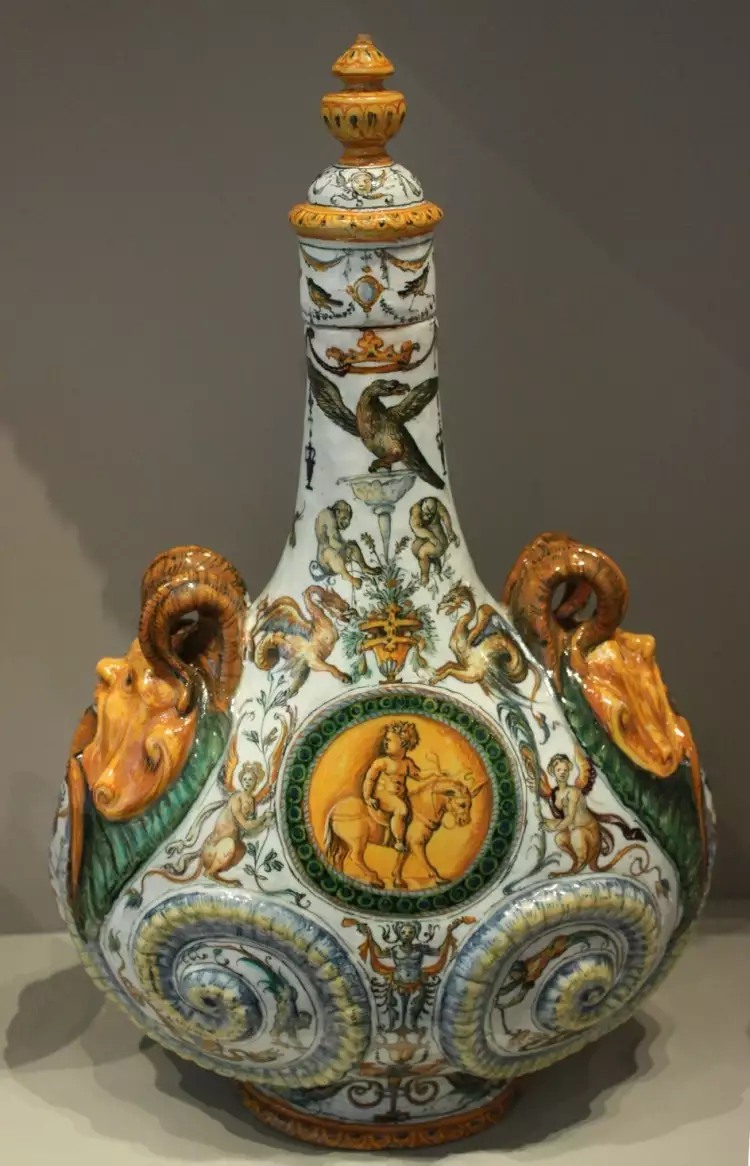 Grotesque. Ceramic bottle with grotesque decoration, late 16th century
Grotesque. Ceramic bottle with grotesque decoration, late 16th century
Whimsical images on building walls evoke different impressions in people. Grotesques can either be liked or provoke feelings of disgust, pity, or discomfort, but they invariably attract attention with their unusual form and content.
History of Grotesque
The history of grotesque originates in ancient culture. To this day, a few unique examples of whimsical house paintings from the Ancient Roman aristocracy have been preserved, discovered during archaeological excavations.
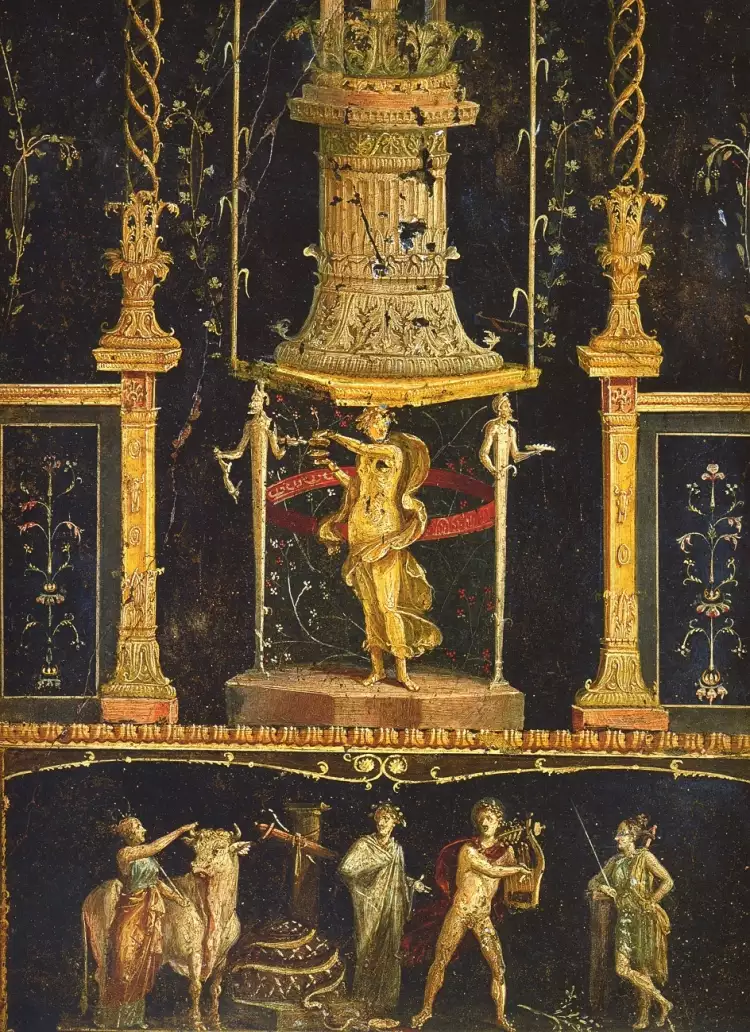 Grotesque. Fragment of a painting of the House of Vettius, 1st century
Grotesque. Fragment of a painting of the House of Vettius, 1st century
After the fall of the Roman Empire in the 5th century, the art of grotesque was lost for a thousand years. It was only in 1481 that a group of Italian artists, invited by Pope Sixtus IV to paint the temples in the Vatican, accidentally discovered the ruins of the palace of the Roman Emperor Nero during the construction of a church. Intricate ornaments were preserved on certain sections of the walls, which sparked lively interest among the artists.
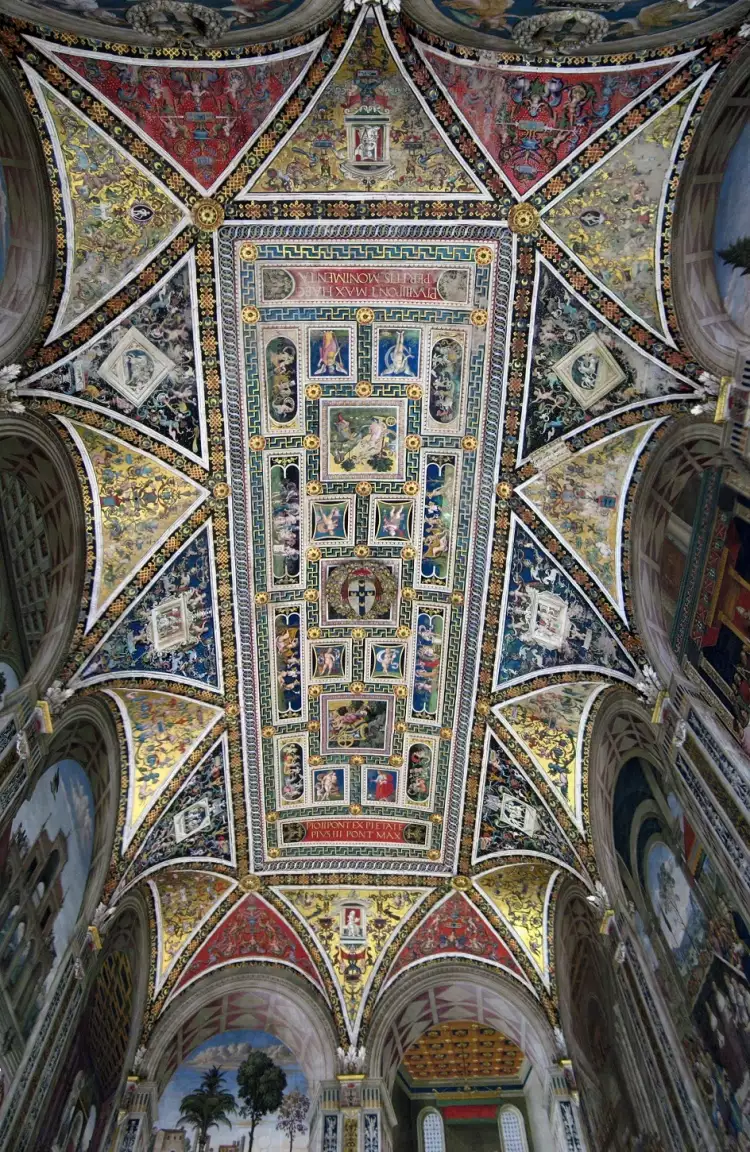 Grotesque. Painting of the ceiling of the Cathedral of Siena, 16th century
Grotesque. Painting of the ceiling of the Cathedral of Siena, 16th century
The discovered grotesques inspired many outstanding masters of the Renaissance to create original frescoes with elements of hybrid artistic figures. In particular, the following artists took this approach:
- Domenico Ghirlandaio.
- Pinturicchio.
- Pietro Perugino.
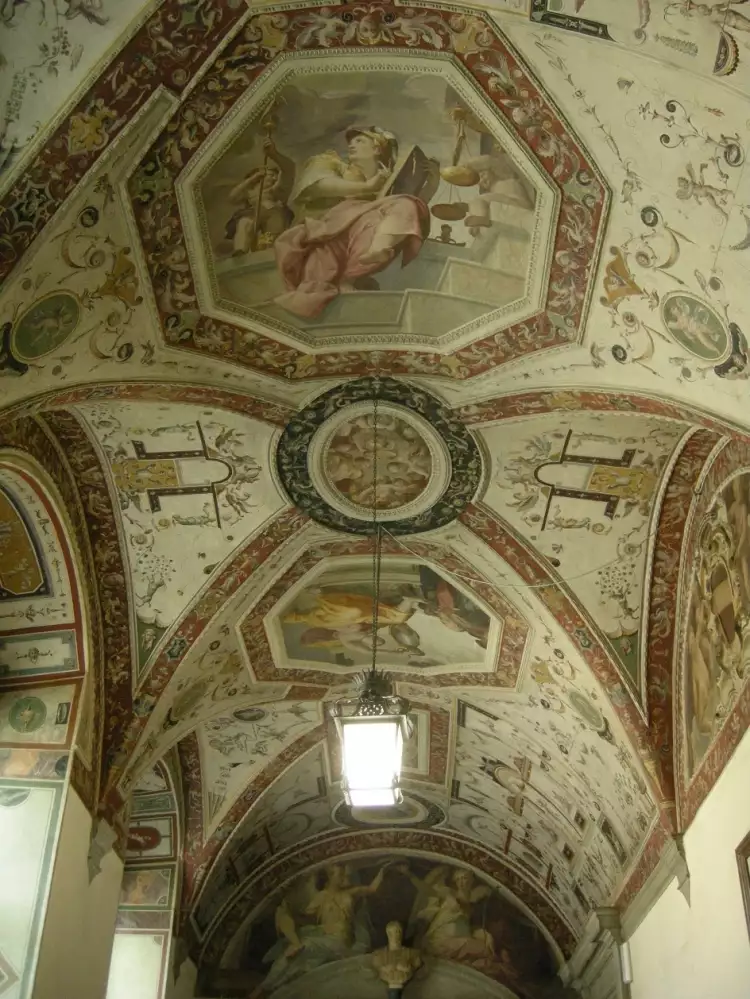 Grotesque. Painting of the vault of the Palazzo Vecchio with grotesque elements, 16th century
Grotesque. Painting of the vault of the Palazzo Vecchio with grotesque elements, 16th century
In the early 16th century, Raphael Sanzio, with his students, used grotesque motifs in the frescoes of the Vatican galleries. Later, Florentine masters learned to create wallpapers and then the famous ceramic maiolica with whimsical original ornaments.
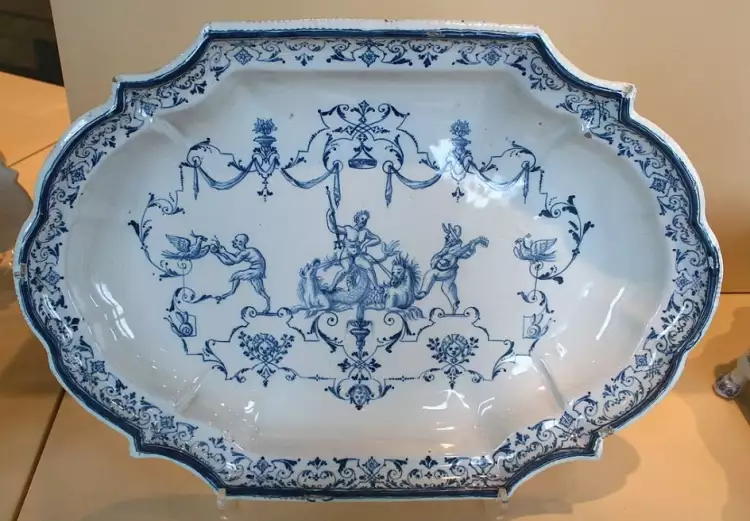 Grotesque. Earthenware Moustier with grotesque elements. 18th century
Grotesque. Earthenware Moustier with grotesque elements. 18th century
By the end of the 16th century, the application of grotesque had spread to other forms of art:
- Engravings.
- Inlay work.
- Book illustrations.
- Pottery craftsmanship.
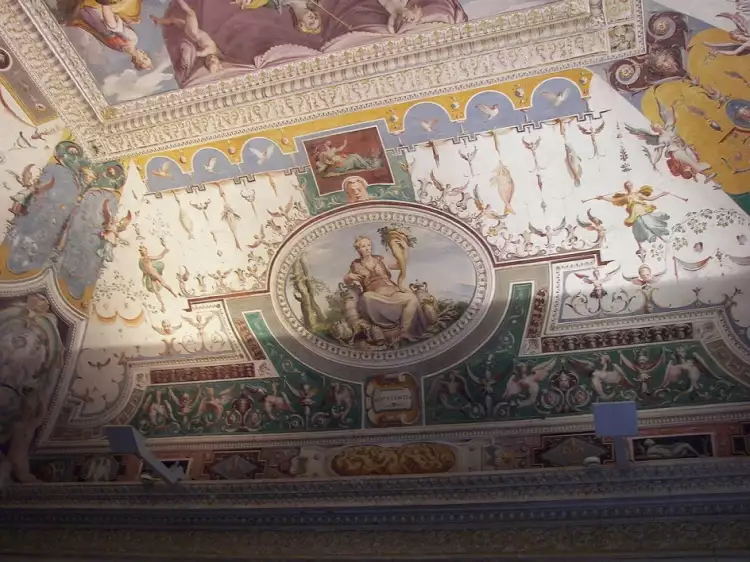 Grotesque. Fragment of a painting of the Villa d'Este, 16th century
Grotesque. Fragment of a painting of the Villa d'Este, 16th century
Grotesque had a significant influence on literature. Over time, it developed into a distinct genre within it. Examples of internationally renowned literary works in this style include:
- "Gulliver's Travels" by Jonathan Swift.
- "The Sandman" by Ernst Hoffmann.
- "The Hunchback of Notre-Dame" by Victor Hugo.
- "The Nose" by Nikolai Gogol.
- "The Phantom of the Opera" by Gaston Leroux.
- "Frankenstein" by Mary Shelley.
- "Alice's Adventures in Wonderland" by Lewis Carroll.
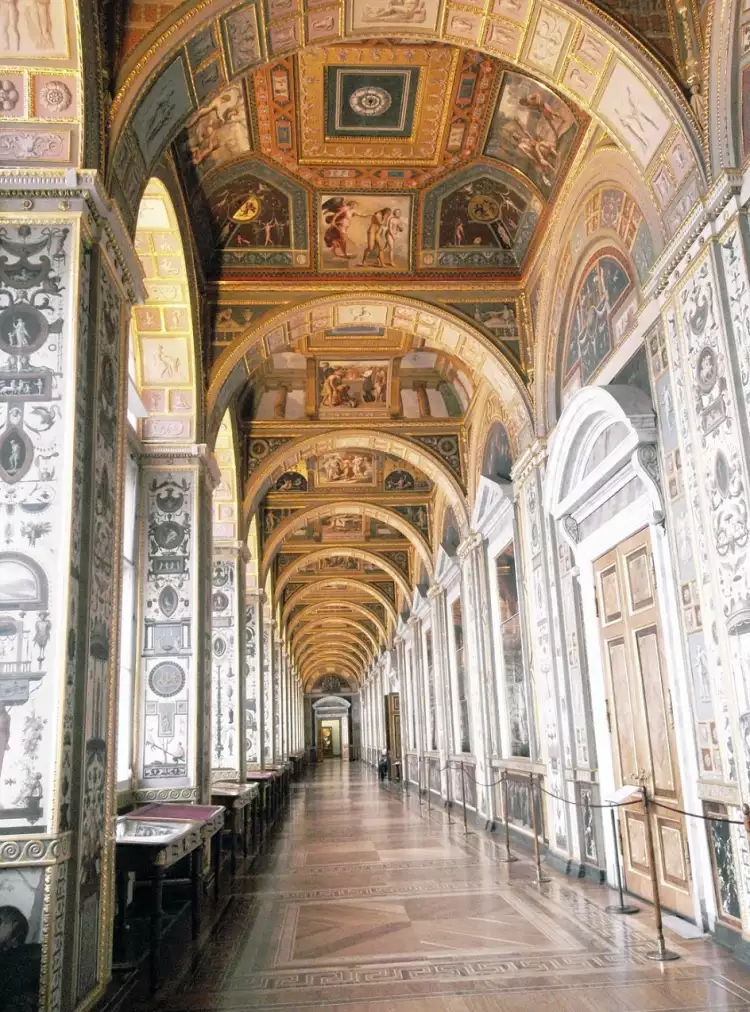 Grotesque. Fragment of painting of Raphael's loggias in Vatican, 16th century
Grotesque. Fragment of painting of Raphael's loggias in Vatican, 16th century
In painting and architecture, grotesque retained its popularity across several epochs (Mannerism, Baroque, Rococo, Romanticism) until the mid-19th century. In the 20th century, whimsical motifs in visual art prominently manifested in surrealism and expressionism.
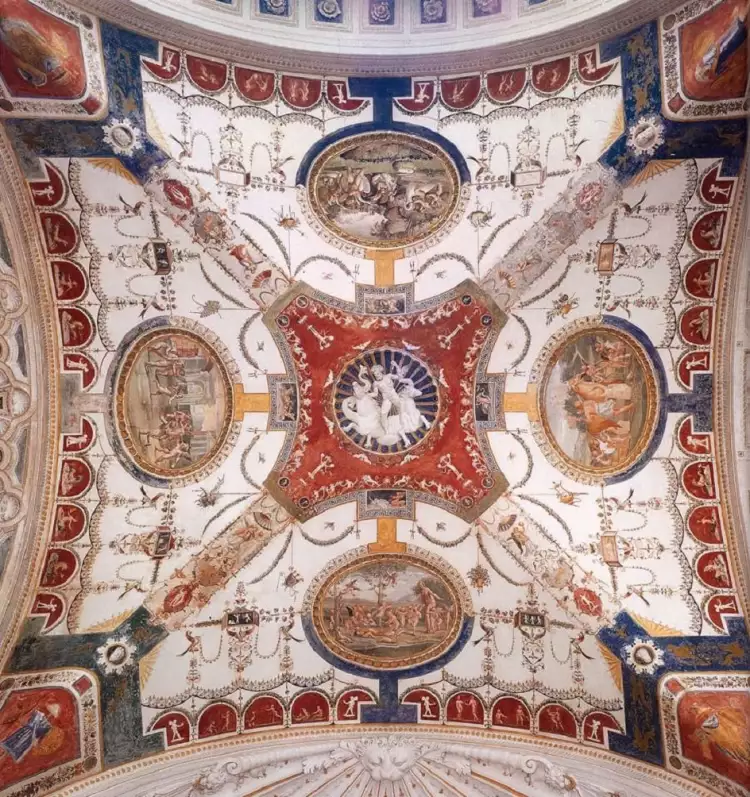 Grotesque. Fragment of painting of the ceiling of Villa Madama, 16th century
Grotesque. Fragment of painting of the ceiling of Villa Madama, 16th century
The beginning of the 20th century was also marked by the emergence of the Theater of the Grotesque, which, after 50 years, evolved into the Theater of the Absurd. By the end of the last century, grotesque artistic images firmly established themselves in contemporary cinema and pop culture.
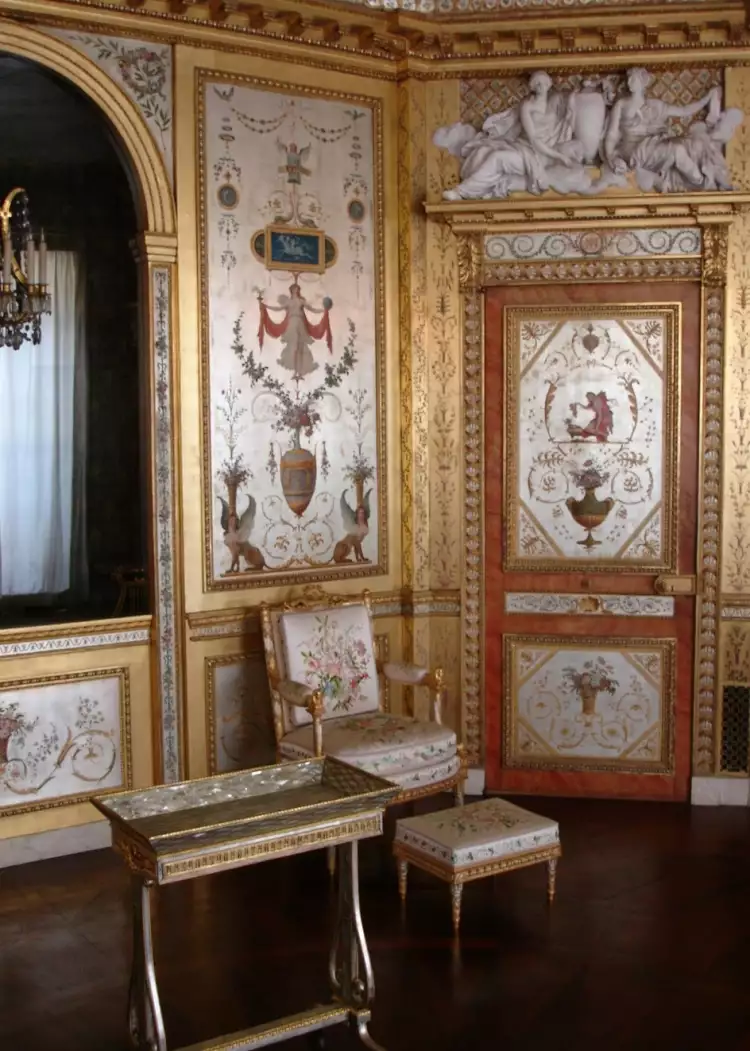 Grotesque. French neoclassical decoration, late 18th century
Grotesque. French neoclassical decoration, late 18th century
In our days, grotesque is rarely used by artists in painting and architecture. However, art enthusiasts can still appreciate the unique beauty of masterpieces from past eras.
On the Very Important Lot portal, every visitor has the opportunity to participate in art auctions and acquire grotesque antique masterpieces. Here, you can also buy paintings directly from contemporary artists.

 Navigating the Currents: The Tension Between Vintage and Modern Watches
Navigating the Currents: The Tension Between Vintage and Modern Watches  Bas-relief - a type of sculpture with an ancient and rich history
Bas-relief - a type of sculpture with an ancient and rich history 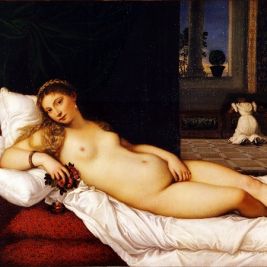 Genre of Nude in Painting: Evolution and Historical Trends of the Nude Style
Genre of Nude in Painting: Evolution and Historical Trends of the Nude Style 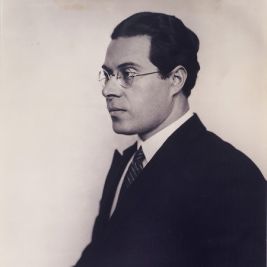 László Moholy-Nagy was a brilliant artist, a great experimenter, and an outstanding art theorist
László Moholy-Nagy was a brilliant artist, a great experimenter, and an outstanding art theorist  Fernando Botero is the most famous artist in Latin America
Fernando Botero is the most famous artist in Latin America 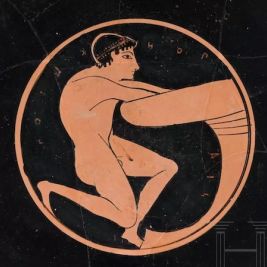 Hermann Historica Auction: Kunst, Antiquitäten & Antiken
Hermann Historica Auction: Kunst, Antiquitäten & Antiken  Armand was a brilliant French artist who timely abandoned his career as a painter to later become a globally renowned sculptor
Armand was a brilliant French artist who timely abandoned his career as a painter to later become a globally renowned sculptor 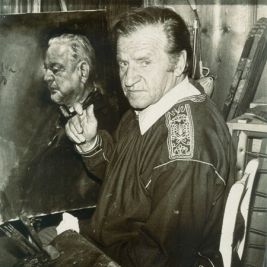 Paul Mathias Padua: Sensitive power nature
Paul Mathias Padua: Sensitive power nature 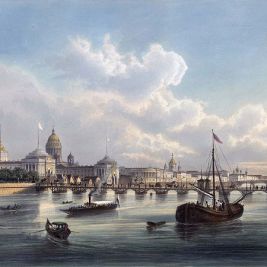 Lithography is a type of graphics and a masterpiece of art
Lithography is a type of graphics and a masterpiece of art 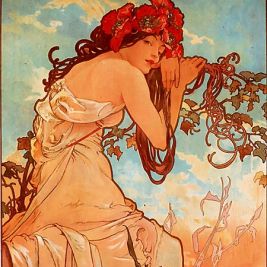 Art Nouveau is an international style in the visual arts
Art Nouveau is an international style in the visual arts